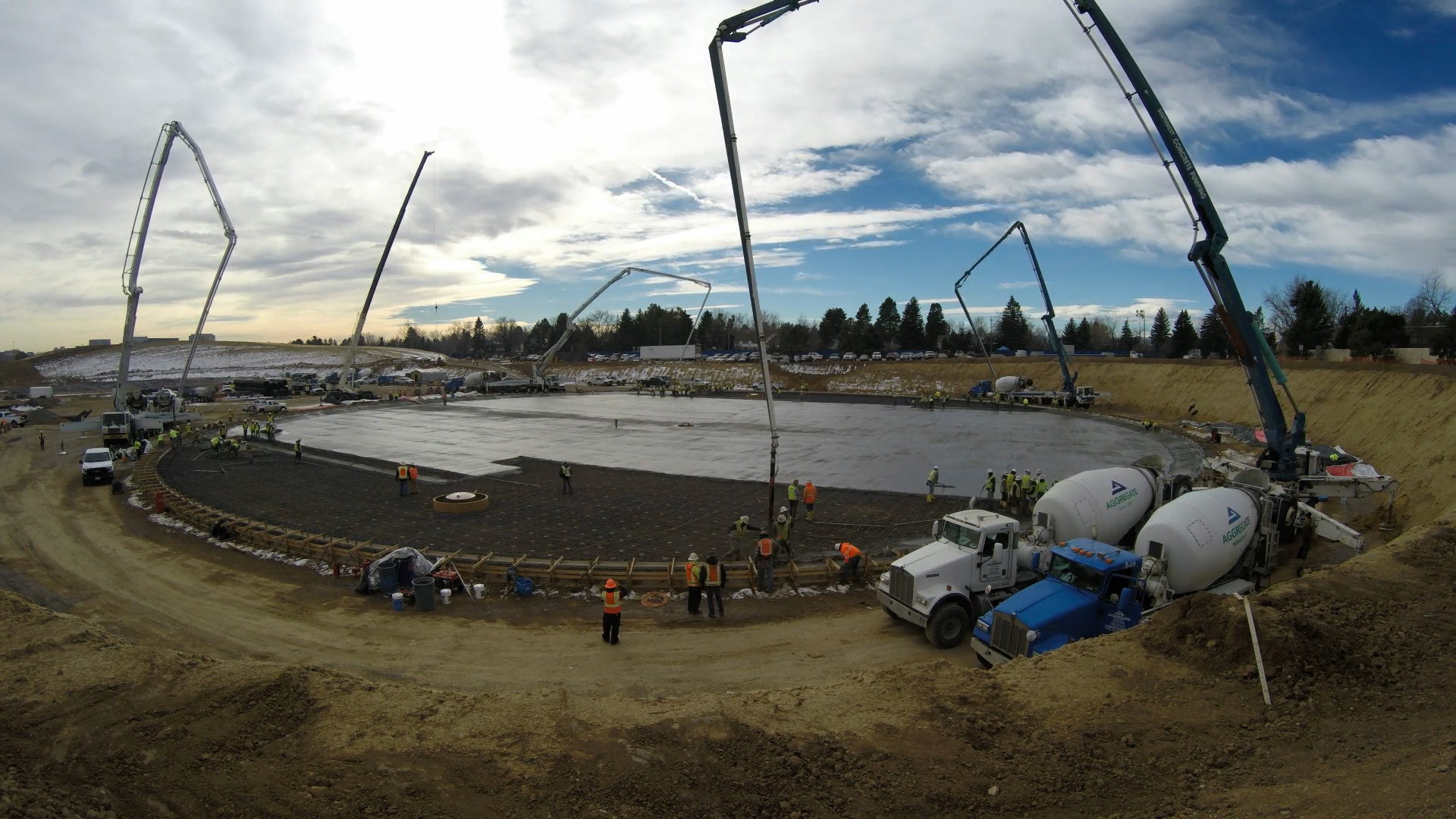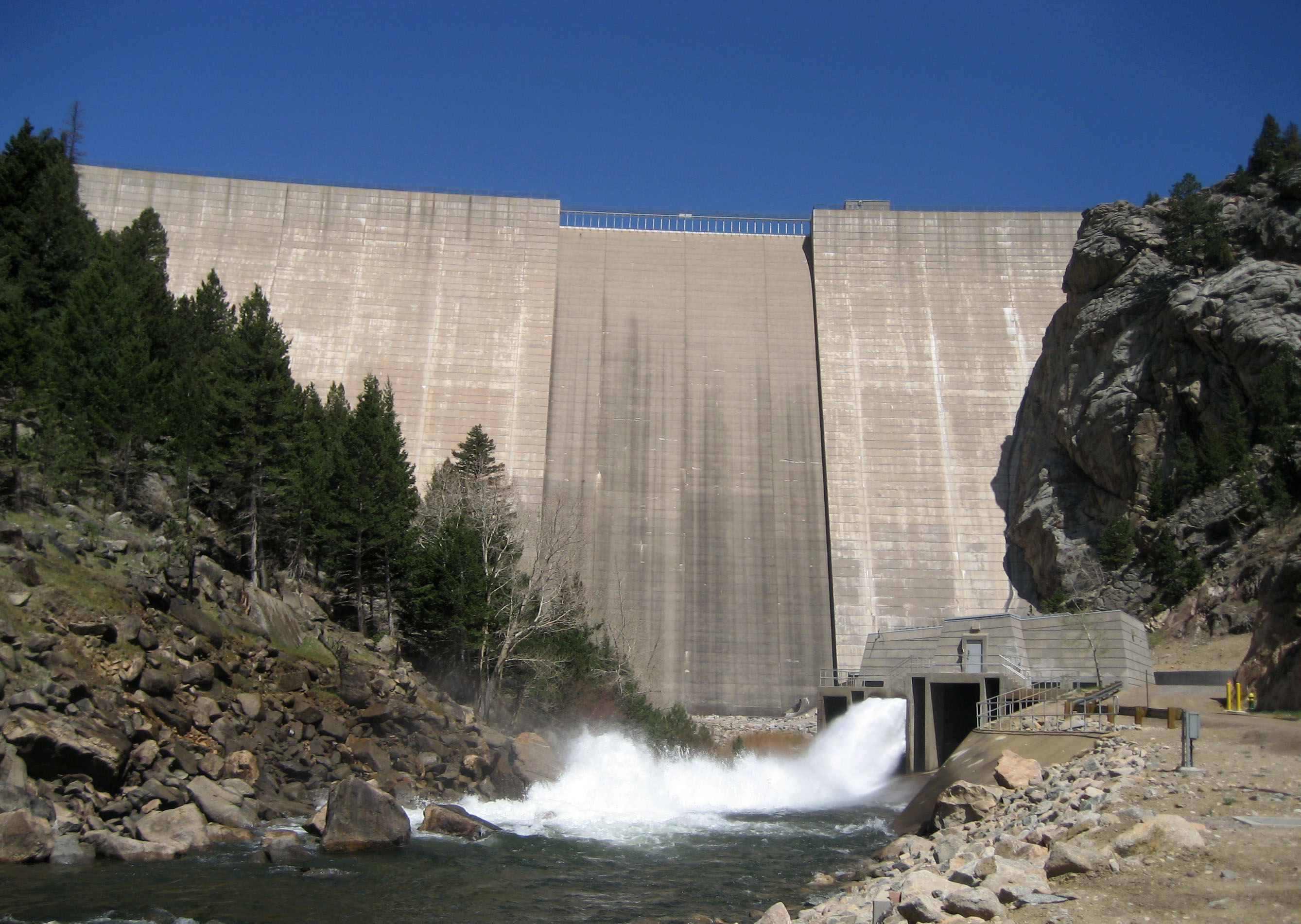
When in Rome: Water as the Denverites water
Every year, Denver Water announces its annual summer watering rules and new water charges for the upcoming year.
While these notices aren’t always received with open arms, using water efficiently and using revenue from rates to invest in the water system help avoid a much more drastic and scary proposition: water rationing.
That’s the reality facing Rome, a city once known for its flowing water.
A recent Washington Post article, “Romans are about to go eight hours a day without water,” highlights the problems facing Rome’s water company, which may result in one-third of the city having its water supply cut off for eight hours each day.
The reasons sound familiar. The article cites impacts from climate change and aging infrastructure as the main culprits for the dire situation — challenges we’re dealing with in the Mile High City.
Fortunately, Denver Water uses its revenues to consistently reinvest in the water system. This includes planning for an uncertain future and maintaining and upgrading infrastructure to ensure the metro area has a reliable water supply now and 50 years down the road.
Let’s take a closer look at what this looks like.
No fiddling while Rome burns
For Denver Water, climate change is water change. That’s why we have a climate scientist on staff and work with the scientific community to stay up-to-date on the latest models and trends.
One certainty is that future water trends are becoming tougher to predict. “Preparing Denver for multiple futures, not just one,” highlights Denver Water’s approach to planning a reliable supply for the future.
Sarah Dominick, water resource engineer, explained that developing a flexible system and finding innovative projects and new technologies that can improve efficiency, encourage reuse and increase the water supply help prepare us for whatever Mother Nature throws our way.
Our infrastructure wasn’t built in a day
In 1867, City Ditch was completed, connecting the South Platte River in the Littleton area to Capitol Hill in Denver. That was the beginning of a remarkable history of engineering marvels.
Bob Mahoney, Denver Water’s chief engineering officer, said it best in “Will water get too expensive for some Americans?”:
“The pioneers who built Denver Water’s system had a lot of foresight that allows us to provide safe, reliable drinking water for our customers today. Denver Water continues to think long-term while prioritizing necessary projects to keep water affordable today and well into the future.”
Case in point: Denver Water is planning for $2 billion in infrastructure improvements over the next 10 years.
That includes Denver Water’s active approach to managing its 3,000 miles of pipe — some of which date back to the 1890s. (Read “Main breaks 101: Raising our infrastructure GPA” to learn about the numerous programs in place to identify and minimize system leaks, and upgrade and repair the aging water system.)
All roads lead to a strategic approach
Preparing for multiple future scenarios helps ensure we build the right project, at the right time and cost. Perhaps the best example is the recently approved Gross Reservoir Expansion Project.
The story, “Army Corps of Engineers approves Gross Dam expansion” explained that the dam was built in the early 1950s and designed to be expanded in the future when it made more sense.
With climate change, our region is experiencing more extreme weather fluctuations, meaning that water flows in rivers and streams are highly variable. That’s why we’re investing in the Gross Reservoir expansion now, to create more system reliability and flexibility. It allows Denver Water to collect and store more during the wet times, enabling us to put more water back in the rivers and streams during the dry times — in the most environmentally responsible way.
We never know when our next dry period or devastating forest fire will come or how severe the impacts will be on our water supply. That is why we continue to plan for and develop the most resilient water system possible.
Those projects include partnering with customers to provide water use insights, collaboration on reuse projects, like the Water Infrastructure and Supply Efficiency project, and exploration of new supply options, like Aquifer Storage and Recovery.



